One of the most essential things for tourism to be successful in a particular place is the quality of the environment, both natural and man-made. However tourism involves many activities that have a negative effect on the environment. These occur when the level of usage is bigger than the amount of caring for the environment. Uncontrolled tourism is threatening many natural areas around the world. It can put great pressure on an area, and lead to negative environmental impacts on air and water quality, vegetation, soil, wildlife, and many other things.
One of the most important areas of tourism is transportation. Transport by air, road and rail is rising steadily because of the increasing number of tourists. One consequence of this is that tourism is responsible for a large amount of air transmissions. These emissions, as well as those from the production of electricity, another important tourist need, are linked to acid rain, chemical pollution and global warming.
They contribute to severe air pollution, not only in cities but in natural environments as well. Some of these impacts are directly related to tourism. For example, in very hot or cold conditions, tour buses often leave their motors running while the tourists go out on excursions so that the bus is at a comfortable temperature when they return.
Another negative effect of tourism is water quality. Bushwalkers can damage small streams by walking through them too many times, causing them to be muddy which then in turn makes it difficult for small fish to feed. Also, less experienced bushwalkers sometimes like to pursue activities such as washing their hair in small creeks and streams, sending chemicals in shampoo and conditioner downstream and further damaging the environment.
However, not all effects of tourism are long term. The most common impact of tourism is litter, and its effect is almost instant. Litter is a serious problem in areas with high concentrations of tourist activities and natural attractions. It can have a major negative impact on all areas of the natural environment - rivers, mountains, beaches, and many more. Littering can degrade the physical appearance of the environment, making it no longer appealing to tourists, as well as causing the deaths of many native animals.
Tourist destinations in the mountains often end up with a great deal of unwanted waste. Tourists on expeditions leave behind garbage, oxygen cylinders and camping equipment. In the less developed or remote areas this is even worse as there are few disposal facilities. Some of the more frequently visited mountain trails in the Andes and in Nepal have been nick-named by the locals things such as "Coca-Cola Trail" and "Toilet Paper Trail", and the Inca Trail in Peru is often referred to as the "Stinker Trail" as a result of all the rubbish that tourists leave behind.
This has a bad effect on not only the appeal of a tourist site but the plant and animal life in the area as well. Natural tourist sites need distinct pathways and signposts so as to minimise the impact on vegetation. Destroying plants is also destroying many homes and habitats of the fauna in that particular area. This can eventually lead to the loss of biodiversity.
Constant trampling of natural habitats has a negative impact on vegetation, animals, and soil as well. Large amounts of trampling on soil causes loss of organic matter, and also accelerates erosion in that area. In beaches all over the world, especially the more popular ones such as those in Hawaii, the erosion is so bad that sand has to brought in to keep the beach attractive and viable. Once again, clear signs and distinct paths are needed to minimise this impact.
Tourism has many destructive environmental effects. However, it also has some positive impacts. Tourism contributes to environmental protection and conservation by raising people's awareness of environmental values. Tourists often travel to a destination because of its quality and purity. Many of these tourists both directly and indirectly cause pollution to these places, making them unappealing to other tourists. However, the next stage in the cycle is employing local people to help clean it up, making their lives slightly easier and more comfortable. It is only when the gap between these stages gets too large that it becomes a real problem, but with good planning and having everything in moderation, this may not happen any more.
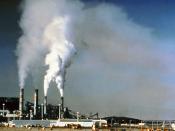
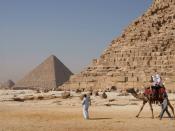
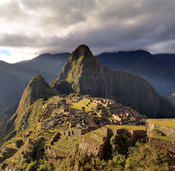
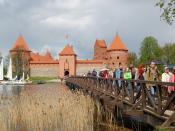
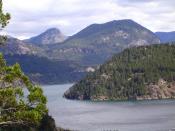
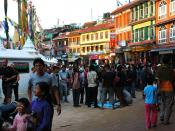
GOOD essay
this is a every good essay
8 out of 8 people found this comment useful.